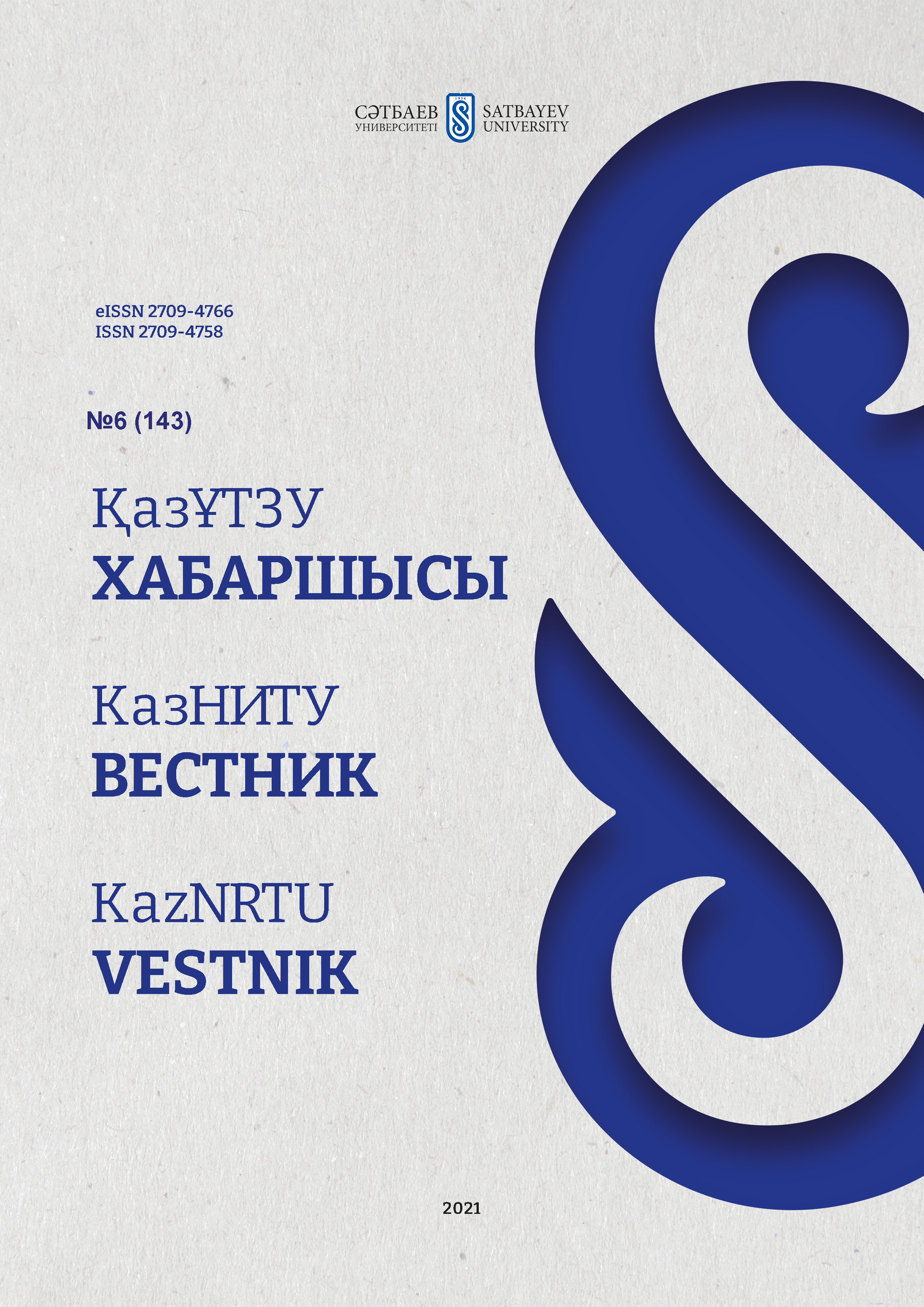Boundary condition transfer method (Thomas algorithm) numerical solution of a mixed boundary value problem for second-order linear differential equations
DOI:
https://doi.org/10.51301/vest.su.2021.i6.21%20%20%20Keywords:
sweep method, mixed boundary value problems, tridiagonal matrix, computational error, border conditions, finite difference method, nodal points, non-monotonic sweep method.Abstract
A new algorithm is proposed, which is an alternative to the run-through method for the numerical solution of second-order linear differential equations with fixed boundary conditions. The algorithm has a wider scope of applicability than the well-known run-through method and works for both positive and negative coefficients of the equation. The main purpose of this work is to obtain recurrent formulas similar to the run-through formulas for the numerical solution of the boundary value problem of second-order differential equations. The most important question is whether there are run-through formulas when the coefficient in the solution in the equation has a negative sign or is alternating. The paper shows the consistency and computational stability of the difference schemes represented by the proposed recurrent formulas. The results obtained in this article are confirmed by the calculated data.
Downloads
Published
How to Cite
Issue
Section
License
Copyright (c) 2021 VESTNIK KAZNRTU

This work is licensed under a Creative Commons Attribution-NonCommercial-NoDerivatives 4.0 International License.
<div class="pkpfooter-son">
<a rel="license" href="http://creativecommons.org/licenses/by-nc/4.0/"><img alt="Creative Commons License" style="border-width:0" src="https://i.creativecommons.org/l/by-nc/4.0/80x15.png"></a><br>This work is licensed under a <a rel="license" href="http://creativecommons.org/licenses/by-nc/4.0/">Creative Commons Attribution-NonCommercial 4.0 International License</a>.
</div>





